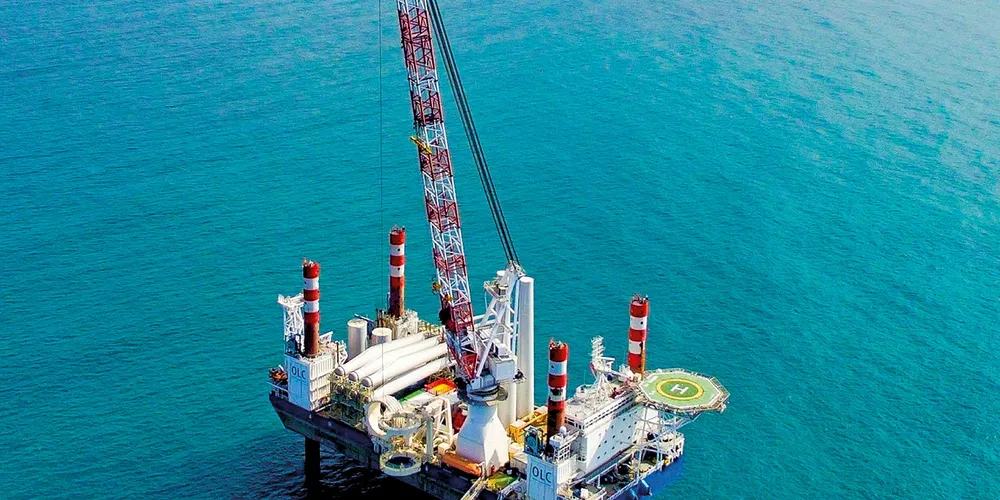Orsted 'revisits' efforts in Taiwan after offshore wind PPA flap
Developers failed to secure 2018-level power deals after facing local permitting challenges in Changhua province

Developers failed to secure 2018-level power deals after facing local permitting challenges in Changhua province
